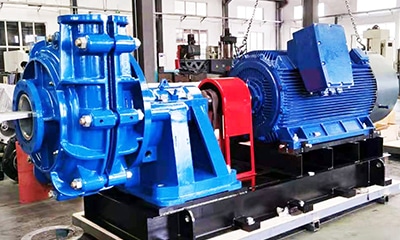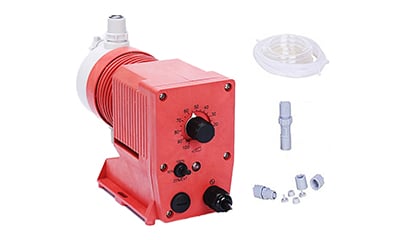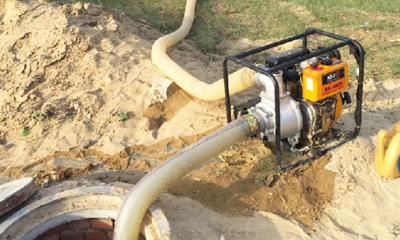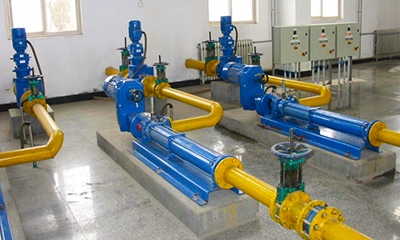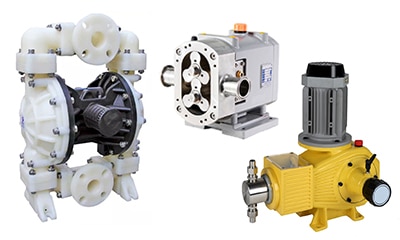Slurry is one of the most challenging fluids to work with. It is highly abrasive, thick, sometimes corrosive, and contains a high concentration of solids. There is no doubt that conveying slurries is difficult for pumps. But choosing the right pump for these material applications can have a significant long-term beneficial impact.
What is “slurry”?
Slurry is any mixture of fluid and fine solid particles. Examples of slurries include: manure, cement, starch or coal suspended in water. Slurries are used as a convenient way to handle solids in mining, steel processing, foundry, power generation, and more recently in frac sand mining.
Slurries typically behave in the same way as thick viscous fluids, flowing by gravity, but can also be pumped as needed. Slurries are divided into two main categories: non-settling or settling.
Non-settling slurries consist of very fine particles that create the illusion of increased apparent viscosity. These slurries usually have low wear characteristics, but require very careful consideration when selecting the right pump, as they behave differently than normal liquids.
Settling slurries are formed by coarse particles, and these particles tend to form unstable mixtures. Special attention should be paid to flow and power calculations when selecting a pump. Most slurry applications consist of coarse particles and therefore have a higher wear performance.
The following characteristics are common to slurries.
- Abrasive
- Thick consistency
- May contain large amounts of solids
- Usually settles down quickly
- Requires more power to run than a “water” pump
Slurry pump selection
Many types of pumps can be used to pump slurry, but the most common type of slurry pump is the centrifugal pump. Centrifugal slurry pumps use centrifugal force generated by a rotating impeller to impinge kinetic energy into the mud, similar to a watery liquid moving through a standard centrifugal pump.
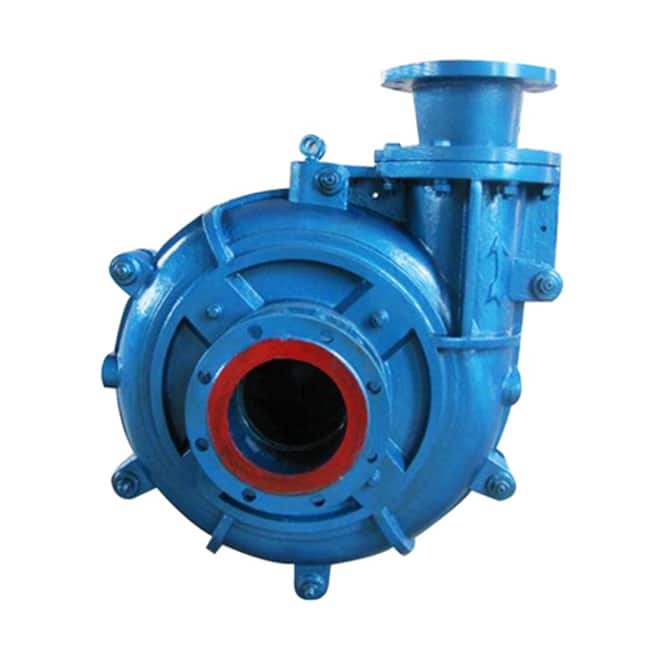
Slurry applications significantly reduce the expected wear life of pumped components. It is critical to select a pump designed for these heavy-duty applications from the outset. Consider the following when making your selection.
Basic pump components
To ensure that the pump can withstand wear, the impeller size/design, materials of construction and discharge configuration must be properly selected.
Open impellers are most common on slurry pumps because they are the least likely to clog. Closed impellers, on the other hand, are the most likely to clog and, if they do, the most difficult to clean.
Slurry impellers are large and thick. This helps them run longer in harsh slurry mixtures.
Slurry pump structure
Slurry pumps are typically larger in size and often require more horsepower to operate than lower viscosity liquid pumps because they are less efficient. Bearings and shafts must also be more robust and durable.
To protect the pump casing from wear, slurry pumps are often lined with metal or rubber.
The metal casing consists of carbide. These housings can withstand the erosion caused by increased pressure and circulation.
The housing is selected to suit the application. For example, pumps used in cement production handle fine particles at low pressures. Therefore, lightweight construction of the housing is acceptable. If the pump handles rock, the pump casing and impeller will require a thicker and stronger casing.
Slurry pumping considerations
Those who have experience pumping mud know that it is not an easy task. Slurries are heavy and difficult to pump. They can cause excessive wear on the pump and its components, and they can clog suction and discharge lines if they don’t move fast enough.
Making a slurry pump last a reasonable amount of time can be a challenge. But there are steps you can take to extend the life of your slurry pump and make pumping slurry less of a challenge.
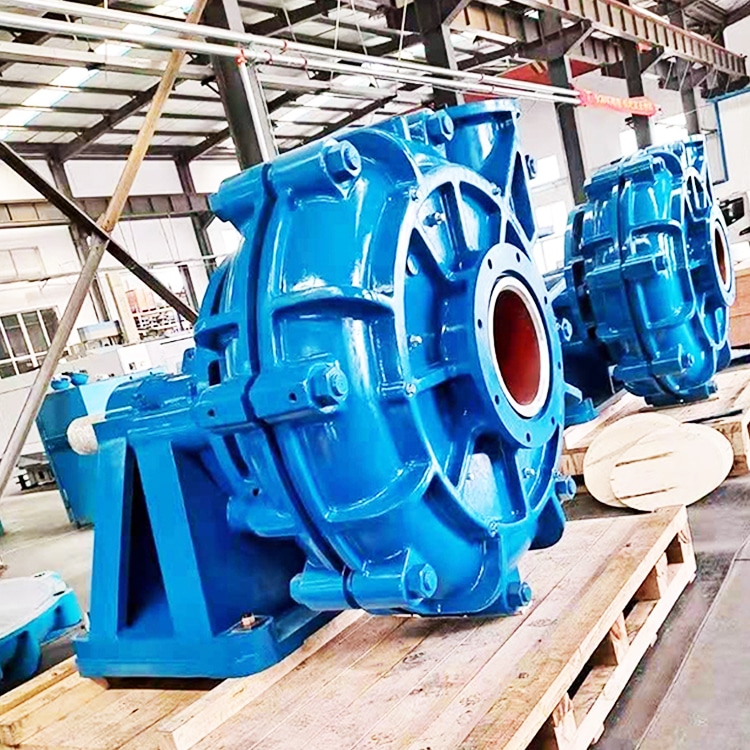
- Find the best position to make the pump run as slowly as possible (to reduce wear) but fast enough to prevent solids from settling and clogging the line
- Reduce the pump discharge pressure to the lowest possible point in order to reduce wear
- Follow proper piping principles to ensure consistent and uniform delivery of the slurry to the pump
Pumping slurry can present some challenges and problems, but with the right engineering and equipment selection, you can have long, trouble-free operation. It’s important to work with a qualified pump engineer when selecting a slurry pump, as mud can wreak havoc on a pump if not selected properly. Feel free to contact one of our pump engineers.

